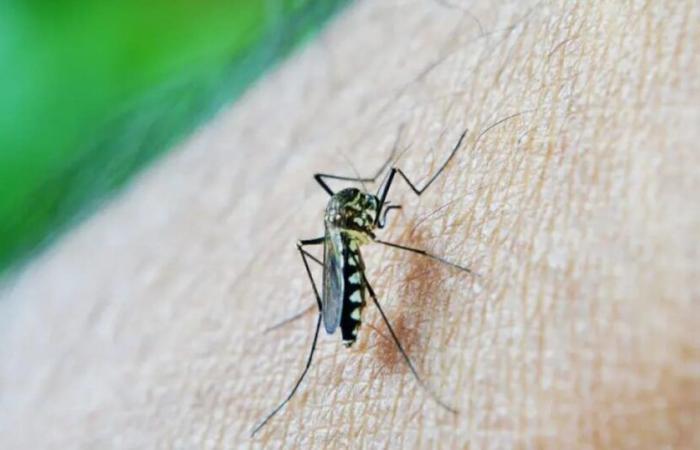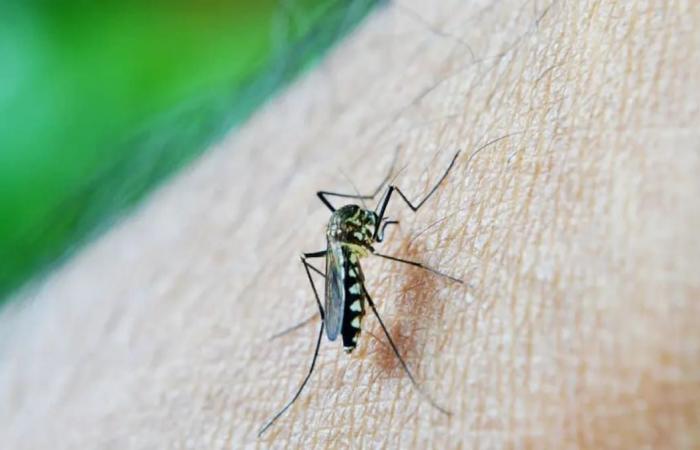Bumangueses complain about the increase in mosquitoes in the city, while Health authorities warn about the conditions that favor their reproduction and the risks of diseases such as dengue,
Why are there so many mosquitoes? It is the question that Bumangueses are asked these days. The truth is that the discomfort of these insects in Bucaramanga has become a recurring topic of conversation between neighbors, merchants and users on social networks. Constant bites, even in broad daylight, have generated discomfort, concern and questions in the community.
“You can’t be calm in the room or at the time sleep, because at all times it is time to scare them,” says Libya Monsalve, a resident of the Mutis neighborhood. “Children arrive from school full of bites,” he adds.
You may be interested: in Bucaramanga, some maladaptive ‘passed from the line’ in progress of work
Given the growing citizen concern, the Ministry of Health and Environment of Bucaramanga explains the causes behind the increase in these pests.

According to Claudia Mercedes Amaya Ayala, head of this municipal agency, the visits made to different points of Bucaramanga – such as educational institutions, cemeteries, residential sets and squares – have allowed to detect numerous hatcheries of the Aedes aegypti mosquito, responsible for the transmission of diseases such as dengue, zika and chikunguña.
“A large number of containers with stagnant water, tanks, tires, ornamental plants such as bromelia, which favor the reproduction of the mosquito,” said Amaya. The official also warned that “the female of the Aedes mosquito can put between 100 and 200 eggs per set, several times during her life. These eggs, even, can resist up to a year in dry conditions and activate her cycle to contact with water,” said the official.
In addition, the increase in intermittent rains and the high temperatures of this era in Bucaramanga have created the ideal environment for proliferation. To this is added a structural problem: the need to store water due to the lack of continuity in the service in some sectors, which leads to multiple containers without due protection.

From the technical area, entomologist Nadia Rojas Lozada, attached to the aforementioned Secretariat, explained that the uncontrolled growth of these vectors is also related to deficiencies in basic sanitation: “The open -air disposal of solid waste that accumulates rainwater is a crop broth for the mosquitoes. We are seeing that the urban environment facilitates its development,” he said.
The epidemiological panorama is even more concerned if the recent climate and health bulletin of the Institute of Hydrology, Meteorology and environmental Studies, Ideam, which projects an increase in dengue cases in several regions of the country, including Santander, is taken into account. The combination of environmental, geographical and socio -economic conditions makes Bucaramanga a prone territory for the reproduction of the mosquito.
Faced with this situation, the official makes an urgent call to citizen co -responsibility: “We need each home to review its courtyards, roofs and gardens, eliminate hatcheries and keep the water storage containers covered. The prevention is in the hands of all.”







